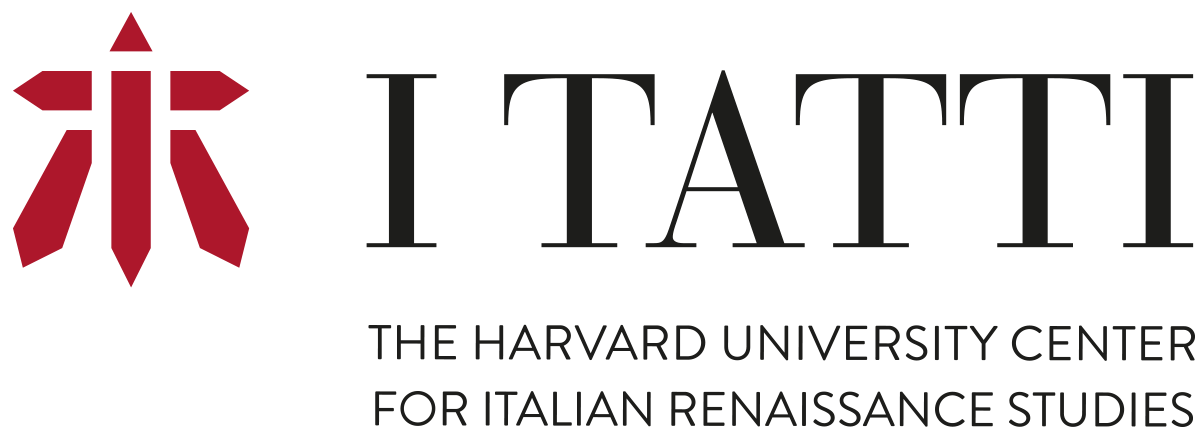Nathan Martin
Musical Topics as Pathosformeln: Ratner, Curtius, Warburg
2025-2026 (January - June)

Biography
Nathan John Martin is associate professor of music theory at the University of Michigan. His research interests are in music analysis and the history of music theory. His work appears in journals such as Music Theory Spectrum, Music Analysis, Eighteenth-Century Music, and the Journal of Music Theory. His co-edited volumes Formal Functions in Perspective and Analyzing Mozart’s Operas are published by the University of Rochester Press (2015) and Peeters (forthcoming 2025–26). In 2014, his article “Rameau’s Changing Views on Supposition and Suspension” won the Society for Music Theory’s outstanding publication award. In 2018–2019, he held the Edward T. Cone membership in music at the Institute for Advanced Studies in Princeton. During the summer of 2023, he was a visiting researcher at the Max Planck Institute for Empirical Aesthetics in Frankfurt am Main.
Project Summary
Can there be an iconography for music? Can musical meaning be analogous to pictorial meaning? If so, might music studies turn to art history for its models and methods? My project argues that this turn has already occurred, but has gone unnoticed. Introduced by Leonard Ratner and developed, in particular, by Kofi V. Agawu and Wye Jamison Allanbrook, the theory of musical “topics” holds that historical listeners heard, in the art music of their time, constant echoes of their ambient sonic environments—bells, hunting horns, street-vendors’ cries, the rhythms of social dances—and that musical meaning emerged, for them, from the conscious or unconscious play of these reminiscences. Ratner’s ideas turn out to have a fascinating prehistory. His work was deeply informed by Ernst Robert Curtius’ Europäische Literatur und lateinisches Mittelalter (1948), and Curtius in turn drew his inspiration from Aby Warburg. Indeed, the literary topoi that Curtius catalogues are clearly modeled on Warburg’s idea of the Pathosformel. Genealogically speaking, then, musical topics are Pathosformeln in essentially Warburg’s sense. Recognizing this lineage helps to absolve topic theory of many pressures that music theorists have placed on it. In particular, topic theory is not a kind of musical semiotics; it need not be historicist in orientation; and no one should expect to find a “syntax” of topics analogous to that chords or harmonic functions. My project aims at conceptual clarification through intellectual history. By retracing the prehistory of Ratner’s idea, I aim to free topic theory from the conceptual confusions that have, in my view, impeded its full elaboration, as well as to open up new vistas and possibilities.
